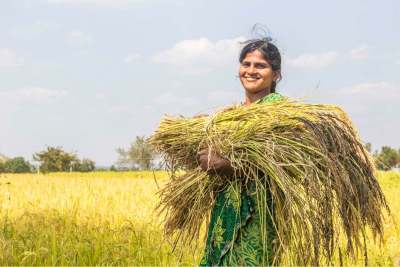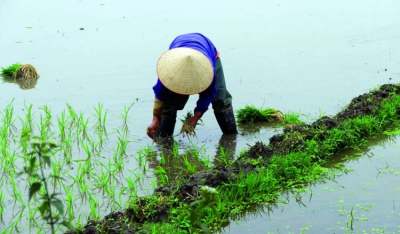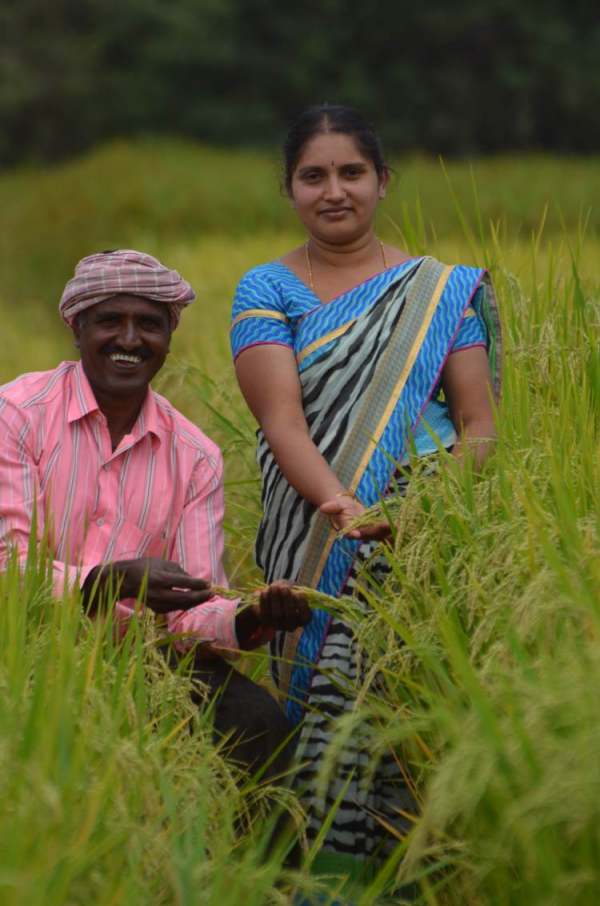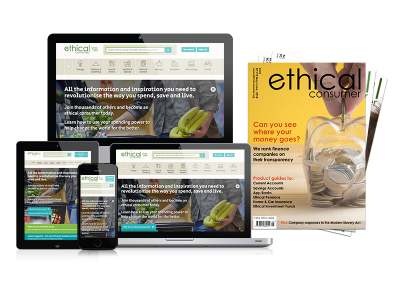You'll notice that the score table in this guide is no longer displaying. This is because the guide is over 5 years old and the scores were out of date. We have a programme of reviewing guides to schedule updates and this one is under consideration.
Rice is the single most important source of energy for humans. It accounts for over 20% of calories eaten worldwide and is linked to the livelihoods of about one-fifth of the world’s population – over 1 billion people. Yet, it also one of the most carbon-intensive carbohydrates.
Of course, its impact is small compared to animal products. A glass of milk has almost twice the carbon footprint of a portion of rice, and a beef burger over 23 times.
However, rice produces 2.8 times as much greenhouse gas emissions per serving as pasta and 7.5 times as much as potatoes. It is, therefore, a paradox, both central to food security and a contributor to climate breakdown.
The impact of rice on the climate
Rice cultivation is estimated to account for 2.5% of current warming and at least 10% of all agricultural greenhouse gas (GHG) emissions.
Its impact is partially accounted for by the sheer scale of its consumption, as a staple food for half of the world’s population.
Nonetheless, rice has a much higher impact than other carbohydrates, because its production releases large amounts of methane.
Methane is a potent greenhouse gas trapping 25 times more heat than CO₂ over a 100 year period. The amount of methane in the atmosphere has significantly increased in recent years, and climate experts suggest that increasing rice cultivation is likely to be a significant factor. The gas is produced by bacteria that live in the flooded paddy fields. It escapes via gas spaces in the rice plants’ roots and stems and then bubbles up through the soil and water to escape into the atmosphere.
Rice production also accounts for one-third of global water use. Often, more water is used than required due to poor irrigation, not only exacerbating the methane emissions from paddy fields; but leaving farmers vulnerable to the ever more frequent risk of drought.





